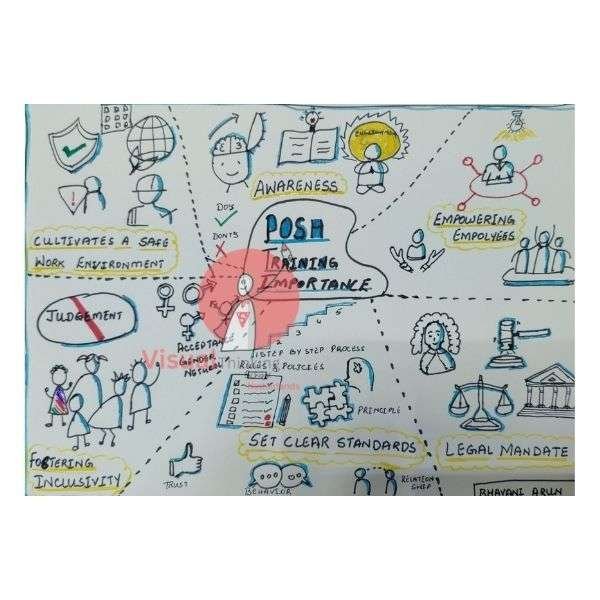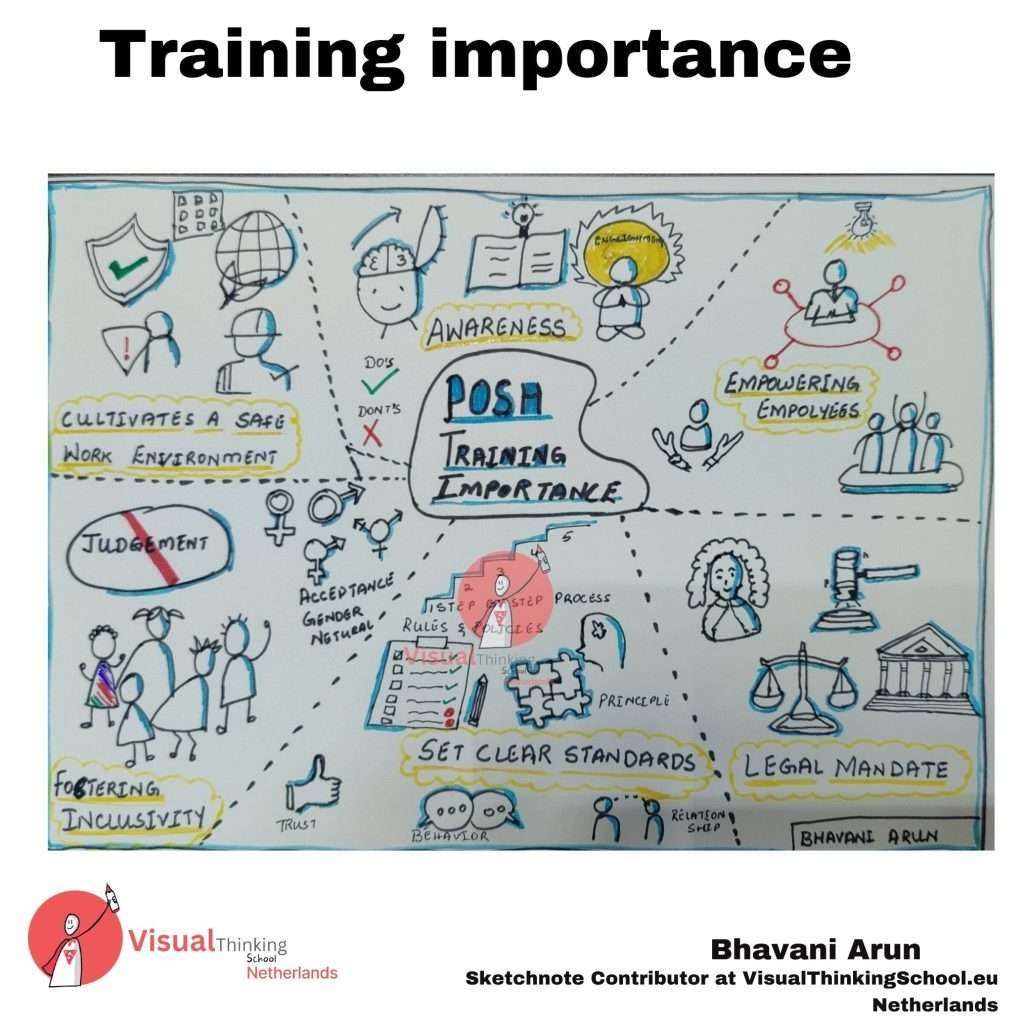

In today’s dynamic work environment, staying ahead of the curve requires a commitment to continuous learning. Knowledge and skills become obsolete at an ever-increasing pace, and organizations that fail to prioritize employee development risk falling behind. This is where effective workplace training comes in. It’s not just about ticking boxes to fulfill compliance requirements; it’s about creating a culture of learning and growth that empowers employees, fosters a safe and inclusive environment, and ultimately drives organizational success.
The foundation of any successful training program lies in prioritizing safety. Employees who feel confident and prepared in their roles are more likely to be productive and engaged. Equipping them with the knowledge and skills they need to perform their jobs safely is paramount. This includes understanding safety protocols, identifying hazards, and using equipment correctly.
Well-structured training programs are crucial in achieving this. Complex tasks should be broken down into manageable steps with clear instructions. Implementing hands-on training exercises allows employees to practice applying their newfound knowledge in a safe and controlled environment. By empowering employees with this safety awareness, companies minimize mistakes and mitigate risks, creating a safer work environment for everyone.
Effective training goes beyond safety. It’s about empowering your workforce to excel. Well-trained employees are more confident in their abilities, allowing them to tackle challenges, take initiative, and solve problems independently. This fosters a sense of ownership and accountability, leading to higher levels of engagement and motivation.
Training programs should be designed to address specific needs and areas for improvement identified through performance reviews, skills assessments, or employee feedback. This approach ensures that training is relevant and directly impacts employee performance. It can encompass a wide range of topics, from technical skills development to soft skills training like communication, collaboration, and time management. Additionally, awareness training on topics like sexual harassment prevention, diversity and inclusion, and bystander intervention equips employees with the tools to navigate complex workplace dynamics and contribute to a more respectful and inclusive environment.
A diverse and inclusive workplace fosters creativity, innovation, and problem-solving. It brings together different perspectives and experiences, leading to a more well-rounded approach to challenges. Training plays a crucial role in achieving this by promoting diversity awareness and mitigating unconscious bias.
Diversity awareness training helps employees understand and appreciate different backgrounds, experiences, and perspectives. This can include unconscious bias mitigation training, which equips employees to identify and address their own unconscious biases, ensuring that everyone has a fair and level playing field for opportunities and advancement. By creating a culture of inclusivity, companies tap into the full potential of their workforce and unlock a broader range of ideas and solutions.
Investing in training yields a high return on investment for businesses. Well-trained employees are demonstrably more productive, efficient, and engaged in their work. This translates to fewer mistakes, reduced accidents, and ultimately, a more successful organization. Studies have shown that companies with strong training programs experience lower employee turnover, higher customer satisfaction, and improved financial performance. The benefits extend beyond financial gains. Training fosters trust between employees and employers. When employees feel confident and prepared, they are more likely to trust management decisions and feel valued by the organization. This leads to a more positive and collaborative work environment, where employees are more willing to go the extra mile for the company.
Trust is the bedrock of any strong workplace. Training programs that equip employees with the knowledge and skills they need foster trust with management. When employees feel confident and prepared, they are more likely to trust management decisions and feel empowered to contribute their ideas and suggestions. Additionally, training can improve employee behavior by setting clear expectations and providing guidance on appropriate conduct. This includes outlining company policies, communication protocols, and ethical behavior. By establishing clear guidelines, employers create a work environment where everyone feels respected and valued.
Staying compliant with legal mandates is essential. Certain types of training, such as safety protocols, sexual harassment prevention, and anti-discrimination practices, are required by law. Implementing these programs not only ensures compliance but also protects both employers and employees. Beyond legal requirements, establishing clear standards and policies around communication, performance expectations, and ethical conduct provides a framework for employee behavior and helps maintain a positive work environment.
Training is not a one-time event; it’s an ongoing process. Workplaces and job requirements evolve, so training programs need to adapt as well. New technologies emerge, industry best practices change, and employee skill sets need to be constantly updated to stay competitive. Regular skills assessments can help identify areas where additional training is needed. This could involve offering ongoing workshops, online learning modules, or access to professional development resources. By providing employees with …opportunities for continuous learning, organizations cultivate a growth mindset within their workforce. Employees who feel supported in their development are more likely to be engaged, adaptable, and committed to the organization’s success.
Technology has revolutionized the way we learn. Modern training programs can leverage a variety of online learning platforms, e-learning modules, and microlearning tools to deliver information in an engaging and accessible way. These platforms offer flexibility for employees to learn at their own pace and convenience, whether it’s during work hours, on evenings, or weekends. Additionally, gamification elements can be incorporated into training programs to make learning more interactive and enjoyable.
However, technology should not replace human interaction entirely. Mentorship programs can be a valuable addition to any training program. Pairing experienced employees with new hires fosters knowledge transfer and provides opportunities for personalized guidance and support. Additionally, in-person workshops and facilitated discussions allow for deeper exploration of complex topics and encourage collaboration among employees.
Evaluating the effectiveness of training programs is crucial. This can be achieved through a combination of methods, including pre- and post-training assessments, skills tests, surveys, and performance reviews. Tracking key metrics like employee productivity, error rates, and customer satisfaction can also help assess the impact of training on overall business performance.
By measuring the impact of training programs, organizations can identify areas for improvement, refine their approach, and ensure that their training investments are yielding the desired results.
Investing in workplace training is an investment in the future of your organization. A well-trained workforce is a more productive, engaged, and adaptable workforce. By fostering a culture of continuous learning, organizations empower their employees, create a safer and more inclusive work environment, and ultimately position themselves for long-term success in today’s ever-changing business landscape.

In conclusion, effective workplace training is not a luxury; it’s a necessity. It’s about creating a win-win situation for both employees and employers. By prioritizing training and development, organizations can unlock the full potential of their workforce, drive innovation, and achieve their strategic goals. As Nelson Mandela aptly stated, “Education is the most powerful weapon which you can use to change the world.” The same principle applies to the workplace. By investing in training and empowering your employees with knowledge and skills, you can transform your organization and shape its future success.
We conduct online and in-person certification trainings on our Trade Marked Training on Business Sketchnotes ™.
We have an open challenge in our trainings : If you can not draw after our 9 hours of trainings, we will close our trainings FOR EVER !! ..and we are still waiting for that one person even after training more than 38000 professionals.
You can also join our whatsapp community to learn from those who have attended our trainings

We trained more than 38000 professional and gave corporate trainings in more than 65+ top notch companies

Check Our Trainings